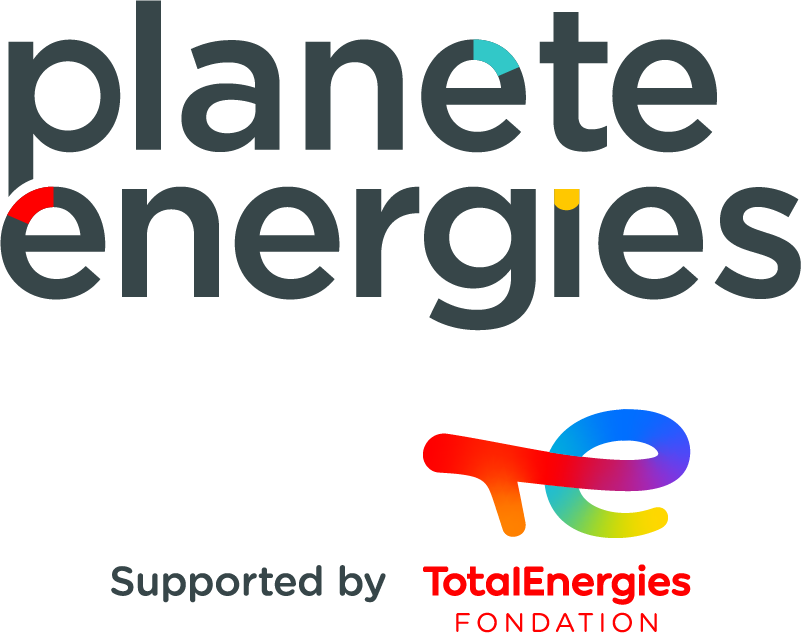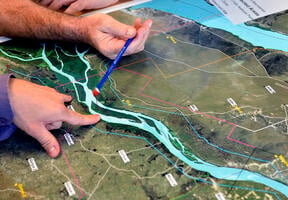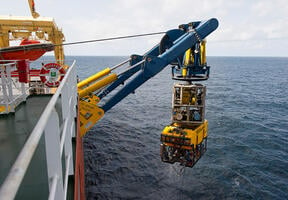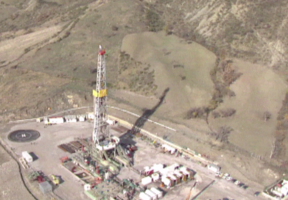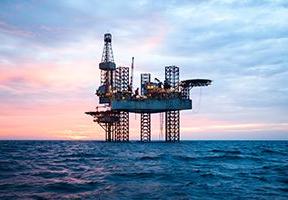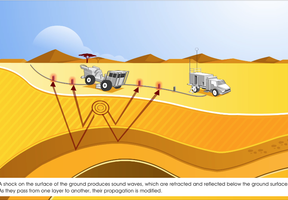Petrochemicals, A Vital Industry
10 min read
The petrochemical industry plays a crucial role in modern industry. It produces intermediate products derived from fossil fuels or , which are then used as the building blocks for a host of everyday items.

© TotalEnergies - Samsung TotalEnergies Petrochemicals complex in Daesan, South Korea.
A Wide Range of Uses
Plastics, textile fibers, adhesives, detergents, cosmetics, drugs, food packaging, pipes and containers are just some of the everyday items that incorporate petrochemicals.
Petrochemicals are also vital resources for other sectors:
- Automotive industry: Interior components and tires.
- Construction: Insulation materials.
- IT and household appliances: Computer, radio and television components.
- Health care: Precision instruments and hospital equipment.
New opportunities are also opening up for petrochemicals. At the global level, the industry is being bolstered by growing demand from Asian markets such as China and India. In the United States, soaring shale gas production is reinvigorating the outlook. The petrochemical industry is also focusing on the use of biomass sources, a sector that is experiencing significant growth. In 2024, out of the 460 million tonnes of plastic produced, 2.37 million tonnes were bio-based. This figure is expected to rise to 5.43 million tonnes by 2030.
Petrochemical Feedstock
Fossil resources such as gas, and oil primarily supply energy for heating and transportation. The petrochemical industry uses 10% of these resources, in the form of refined products:
- Naphtha, a heavy distillate, is the derivative most widely used by the petrochemical industry.
- is obtained from natural gas.
Petrochemical Processes
The petrochemical industry uses two processes to obtain intermediates:
- Steam cracking: Using high temperatures and steam, naphtha molecules are broken down (“cracked”) into smaller chains to produce lighter hydrocarbons called olefins. These include , , butane and butadiene.
- Catalytic reforming: This process converts naphtha into aromatics, such as or , two solvents frequently used in the chemical industry, as well as xylene. It takes place in a distillation tower at temperatures above 500°C. The olefins and aromatics obtained then undergo other reactions to produce finished products.
An Industry Committed to Reducing Its Environmental Footprint
Like other industry sectors, the petrochemical industry complies with environmental safety standards such as ISO 14001 and the E.U. REACH regulation. It has implemented waste , water treatment and safety systems to shrink its environmental impact.
Different Types of Plastic
Ethylene and propylene can be assembled into giant molecules, or long chains of atoms strung together in different ways. These polymers are the raw material of plastic.
Commonly available as pellets, they also come in powder, paste and liquid form. They are further processed to produce different types of plastic:
- Polyethylene, the most common plastic in the world, is used in all types of packaging, from grocery bags to milk bottles and containers, as well as toys, pipes, films and other items.
- Polypropylene, which can be made into a more rigid and shock resistant material, is used in car bumpers, dashboards, furniture and other applications.
- is used in televisions, household appliances, CD/DVD cases, yogurt containers and insulation.
